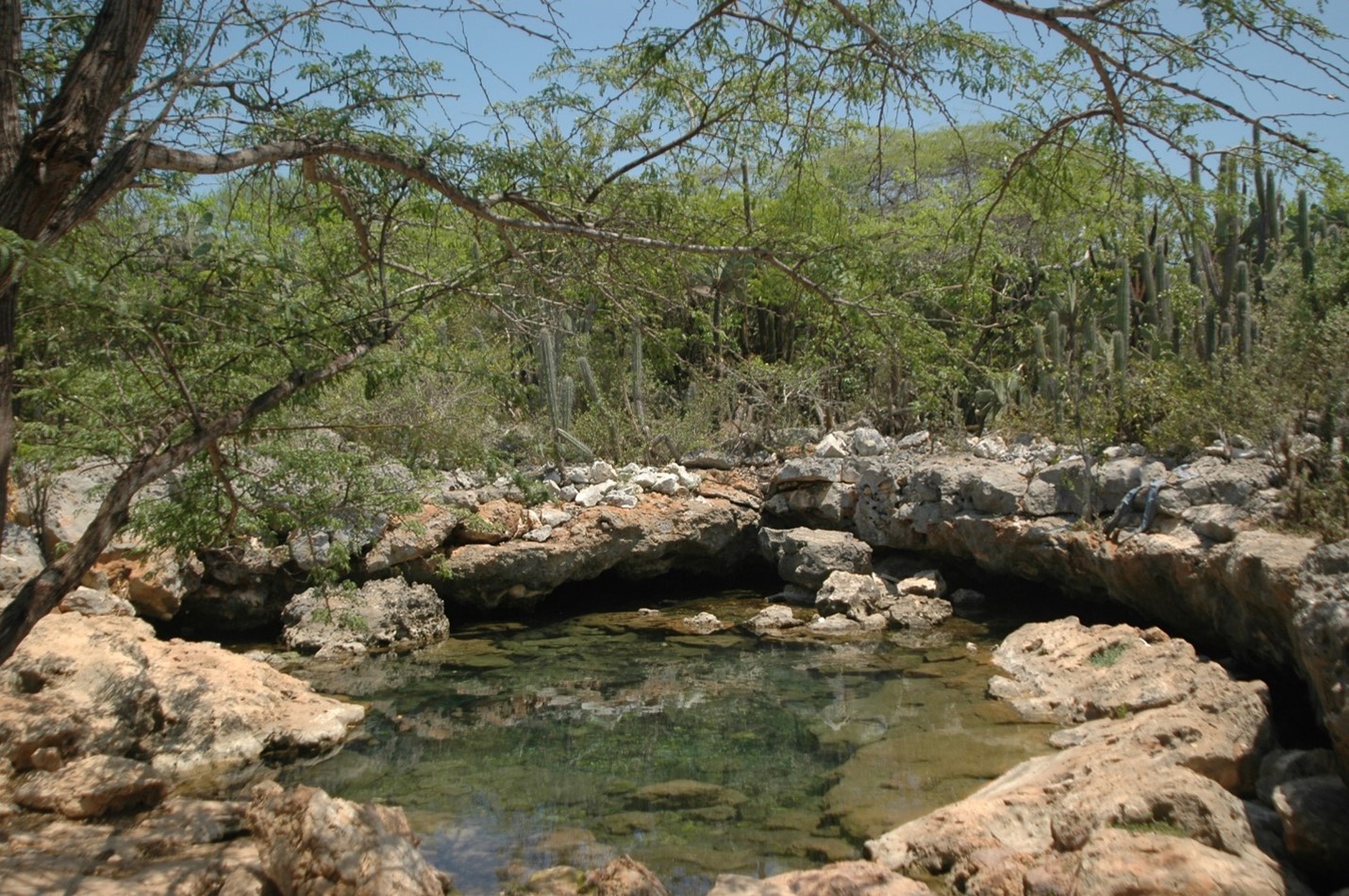More than two thirds of the earth is covered by water, but less than three percent of it is drinkable, and this drinking water is also very unevenly distributed. The water cycle describes how water evaporates from the surface of the earth, rises into the atmosphere, cools and condenses into rain or snow in clouds, and falls again to the surface as precipitation. The water falling on land collects in rivers and lakes, soil, and porous layers of rock, and much of it flows back into the oceans, where it will once more evaporate.
The Caribbean Islands supports important freshwater habitats, including rivers, streams, lakes, wetlands and underground karst networks. In addition to providing habitat for many important, unique and migratory animals and plants, these freshwater sites provide clean water, food, hydroelectricity and many other services to local communities. These services are especially important as the small islands of the insular Caribbean are surrounded by salt water, and rely greatly on limited, land-based fresh water from functional ecosystems.
As in other regions, these vital freshwater ecosystems are highly sensitive to landscape fragmentation, nutrient pollution from discharge of partially treated or untreated domestic wastewater and run-off from poor agricultural practices, hydromorphological modifications (e.g., dams, abstraction), industrial pollution (e.g., from mining, manufacturing, pesticides etc.), overexploitation of fisheries, and soil losses associated with deforestation and poor land use practices; all of which may be exacerbated by climate change. Freshwater ecosystems are the barrier through which pollutants must flow to the sea and their effective management requires transboundary agreement and action.

